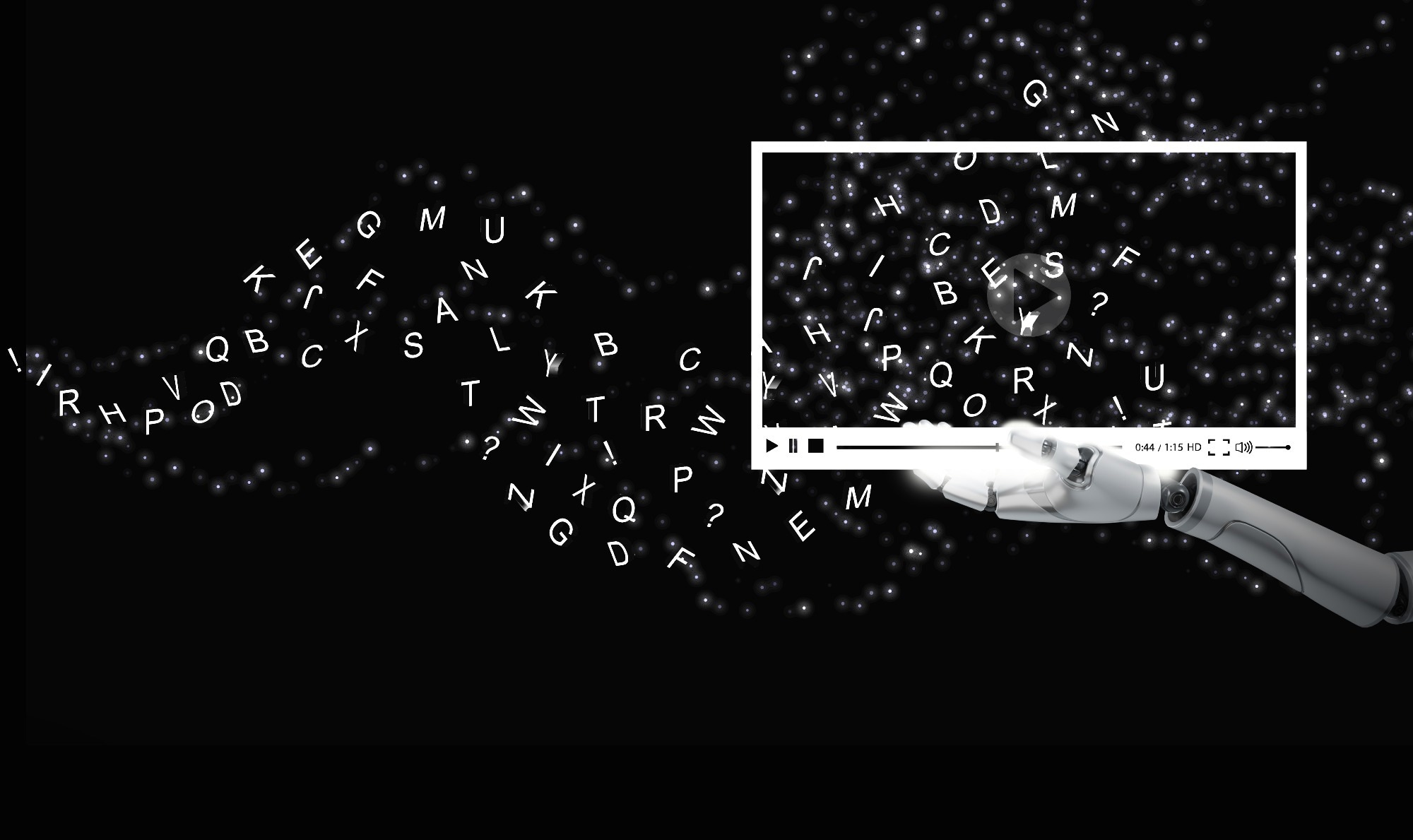A new MIT framework enables language models to rewrite, test and store new knowledge, offering a path toward AI that evolves with every interaction and improves long after deployment.

Research: Self-Adapting Language Models. Image Credit: Ole.CNX / Shutterstock

 *Important notice: arXiv publishes preliminary scientific reports that are not peer-reviewed and, therefore, should not be regarded as definitive, used to guide development decisions, or treated as established information in the field of artificial intelligence research.
*Important notice: arXiv publishes preliminary scientific reports that are not peer-reviewed and, therefore, should not be regarded as definitive, used to guide development decisions, or treated as established information in the field of artificial intelligence research.
In a typical MIT classroom, a professor lectures while students take notes they will later revisit to internalize key concepts. Humans learn by continuously integrating new information, but large language models (LLMs) cannot do the same. Once deployed, an LLM’s parameters remain fixed. New facts shared during a conversation disappear as soon as the session ends.
MIT researchers have now developed a method that enables LLMs to integrate new knowledge permanently. The system functions similarly to how students study: it generates its own “study sheets” from a user’s input and updates its internal weights to retain the information. By producing multiple self-edits and evaluating which yields the greatest improvement, the model learns through trial and error.
This approach improves performance in question answering and pattern recognition, allowing a small model to outperform significantly larger systems. While challenges remain, the method offers a foundation for adaptable AI that can evolve alongside changing tasks and environments.
“Just like humans, complex AI systems can’t remain static for their entire lifetimes,” says MIT graduate student Jyothish Pari, co-lead author of the paper describing the technique. “We want a model that is more human-like - one that can keep improving itself.”
From Static Models to Self-Adaptation
LLMs contain billions of weighted parameters that encode their knowledge. These weights are tuned during training but become fixed once the model is deployed. Although LLMs excel at in-context learning - temporarily absorbing patterns from examples - they forget this information immediately after the session ends.
To overcome this limitation, the MIT team created SEAL (“self-adapting LLMs”). This framework allows an LLM to rewrite incoming information into synthetic data, generate multiple self-edits, test them, and choose the most effective one. These self-edits function like rewritten lecture notes summarizing the essential content and implications.
Using reinforcement learning, the model evaluates each self-edit by testing its impact on a downstream task and then updates its internal weights using the highest-performing synthetic data.
Letting the Model Choose How to Learn
SEAL also lets the model control its own learning process. It can select which synthetic data to use, determine learning rates, and decide how many optimization steps to apply.
“As humans, we know how we learn best. We want to grant that same ability to large language models,” Pari explains.
By enabling an LLM not only to generate training data but also to decide how to ingest it, SEAL pushes beyond prior approaches where adaptation is externally dictated.
Performance Gains and Remaining Challenges
SEAL outperformed baseline methods on tasks involving skill acquisition and knowledge incorporation. In question answering, accuracy improved by nearly 15%, and in some skill-learning tasks, success rates increased by more than 50%.
However, the method introduces a challenge known as catastrophic forgetting, in which learning new information gradually weakens previously acquired capabilities. The researchers aim to address this in future work through improved memory mechanisms and multi-agent self-training environments.
Toward Continually Learning AI
“One barrier to LLMs that can do meaningful scientific research is their inability to update themselves based on interactions with new information,” says co-lead author Adam Zweiger. SEAL offers a potential path toward AI systems capable of long-term learning - an essential step toward advanced scientific reasoning and real-time adaptation.
The team plans to refine the method, integrate safeguards against forgetting, and explore scenarios where multiple LLMs help train one another.
This work was supported by the U.S. Army Research Office, the U.S. Air Force AI Accelerator, the Stevens Fund for MIT UROP, and the MIT-IBM Watson AI Lab.

 *Important notice: arXiv publishes preliminary scientific reports that are not peer-reviewed and, therefore, should not be regarded as definitive, used to guide development decisions, or treated as established information in the field of artificial intelligence research.
*Important notice: arXiv publishes preliminary scientific reports that are not peer-reviewed and, therefore, should not be regarded as definitive, used to guide development decisions, or treated as established information in the field of artificial intelligence research.
Source:
Journal reference:
- Preliminary scientific report.
Zweiger, A., Pari, J., Guo, H., Akyürek, E., Kim, Y., & Agrawal, P. (2025). Self-Adapting Language Models. ArXiv. https://arxiv.org/abs/2506.10943